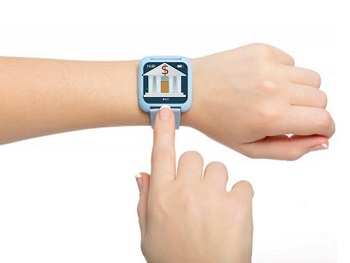Brick and mortar shops are finding that smartphones present an important opportunity for advertising.
A new report from InReality, the first from this firm, which was entitled “Reality of Retail”, has shown that mobile marketing is starting to play an important role in-store due to the massive increase in the use of smartphones by consumers.
Despite the influx of mobile device use, in-store purchases still represent the largest percentage of retail sales.
In fact, 94 percent of retail sales in the United States are made in-store. That said, those shoppers are using their smartphones to an increasing extent while they are inside those shops, so it represents a very important opportunity for retailers to be able to connect with customers through mobile marketing. The InReality also went on to report that not all of the research that consumers are doing with regards to products that they want is being conducted online.
This means that mobile marketing in-store has a considerable chance to influence decisions.
 The participants in the research showed that 53 percent of shoppers prefer to learn more about the products that they are considering by going to the store itself. Among shoppers between the ages of 18 and 24 years, that percentage rose to 57 percent. Among the shoppers who do head to the brick and mortar shops, 75 percent reported that they use their mobile devices. This does not stop them from making the purchases inside the stores. Among those who did buy, one in four said that they had bought items using m-commerce.
The participants in the research showed that 53 percent of shoppers prefer to learn more about the products that they are considering by going to the store itself. Among shoppers between the ages of 18 and 24 years, that percentage rose to 57 percent. Among the shoppers who do head to the brick and mortar shops, 75 percent reported that they use their mobile devices. This does not stop them from making the purchases inside the stores. Among those who did buy, one in four said that they had bought items using m-commerce.
That said, while traditional advertising in-store is still very important, InReality said that they will need to alter their strategies. Fifty six percent of shoppers explained that advertising has an impact on the decisions that they make while in-store. Only 12 percent feel that sales assistants in-store are “an important touchpoint in a purchase decision.” At the same time that 46 percent of shoppers say that loyalty programs help them to make their decisions, 71 percent of the users of loyalty programs will still use their smartphones while in-store in order to compare products and prices through mobile marketing tools.

 That
That 